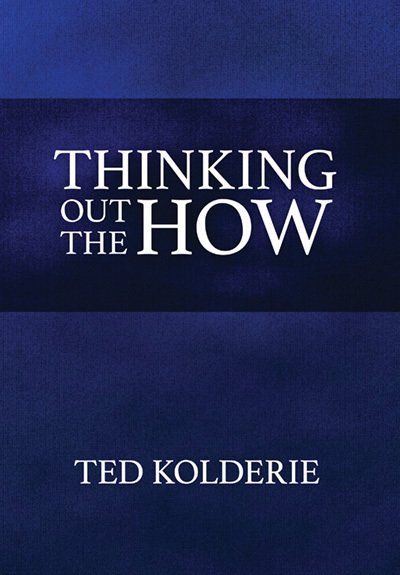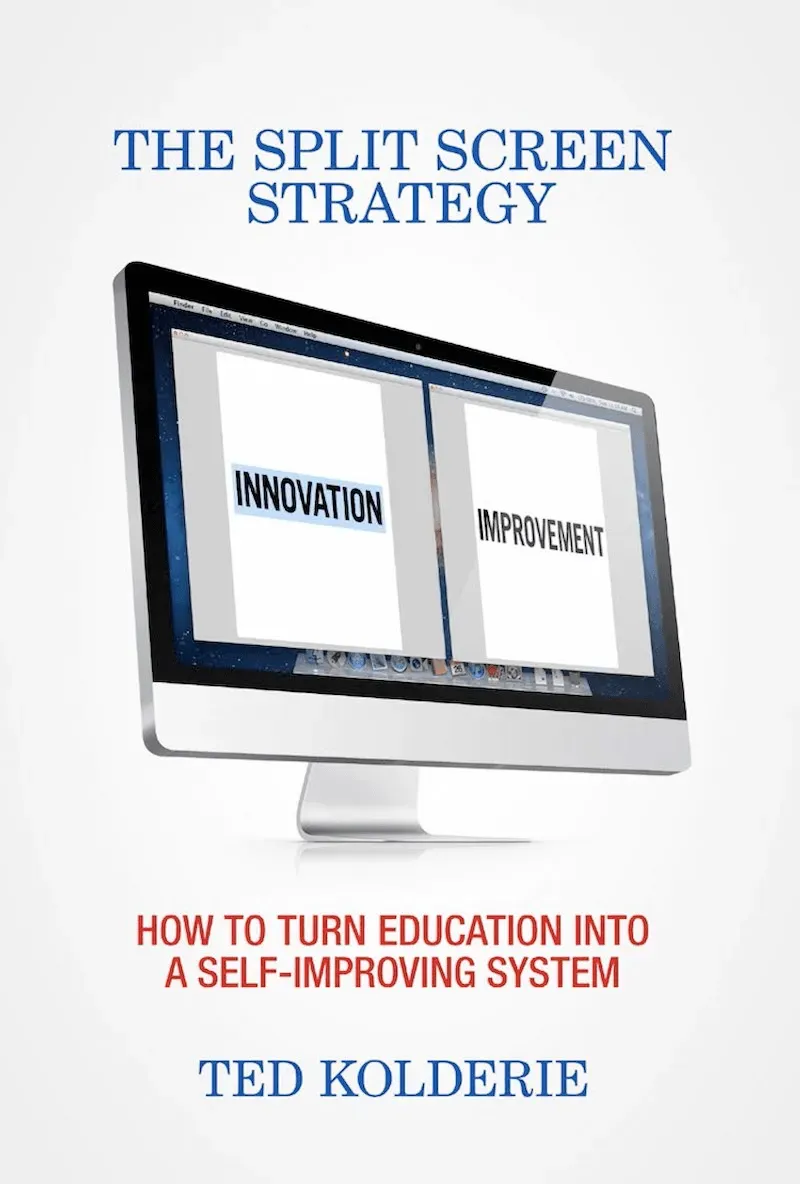BOOKS

Thinking Out The How
This book of recollections, covering the author’s time in public affairs here, is mainly about Minnesota’s experience in changing and modernizing its public systems.
Section Six tells the story of the transformation of public education in the state, from the conventional franchised public utility into today’s range of public options. This new edition brings the education story up to date through 2021.
Readers might find other chapters useful in explaining the civic structure that makes major change possible.
Thinking Out the How is available as a free PDF here. Print copies are available on Amazon.

The Split Screen Strategy: How to Turn Education Into a Self-Improving System
This is a challenging but a hopeful book. Its author - involved for more than 30 years with education policy and politics at the local, state and national level – insists this country could be getting a lot more than it is from both its students and their teachers. But not with the current, conventional, 'theory of action'. It is a mistake to go on only pushing for performance; assuming public education can be better without school having to be different. It is necessary and it is possible to make 'school' different. No one is going to 'blow the system up and start over'. But this now-inert system can open to new approaches to learning and new forms of school. Innovation, gradually spreading and steadily improving, is systemic change. That is the way successful systems change.
This new 'theory of action' will turn education into a self-improving system. The Split-Screen Strategy explains how that can be done with a strategy that creates a 'climate of encouragement for innovation', opening the way for schools and teachers to try things. This different approach asks educators - and our policy leadership - to rethink the notion that change is 'something the boss does' . . . to consider how differently teachers would behave and how they would change school if they had truly professional roles . . . how much better students would learn if school were organized to maximize motivation . . . how much more effective the national government would be if presidents made their proposals not to Congress but to the legislatures in whose law the education system exists. Endlessly deploring the problems and endlessly reaffirming the need to 'do better' does not move anything ahead. We need to get education changing the way successful systems change. The book explains what boards of education can do, what state legislatures and governors can do. It sets out dramatically different roles for the national government - and a surprising role for teacher unions.
The Split-Screen Strategy is available as a free PDF and as an e-book on Amazon Kindle , and Barnes and Noble Nook. Hard copies are available on Amazon .
It can be viewed as a PDF ( here ).
Thank you for reading...